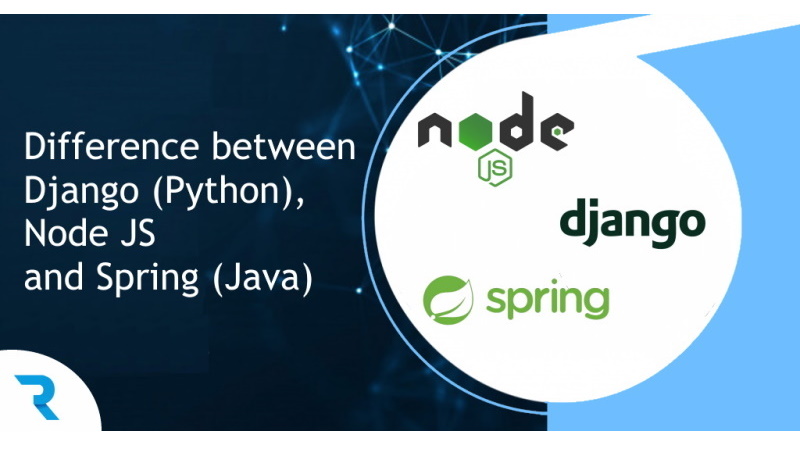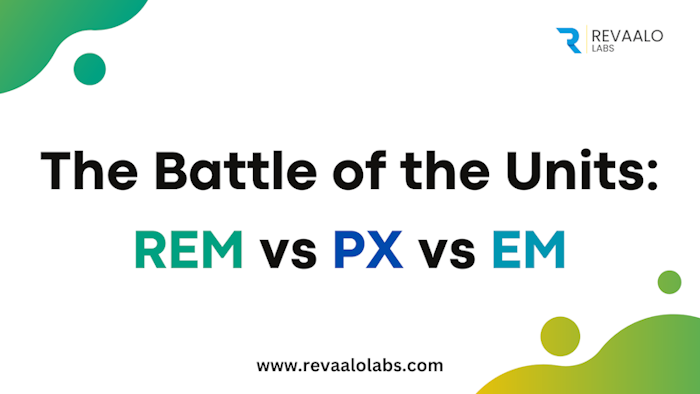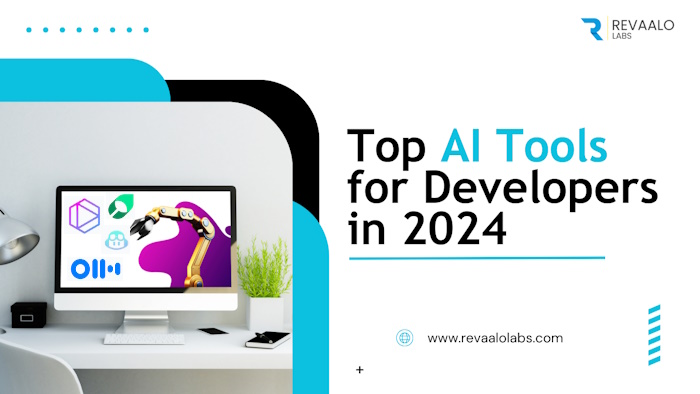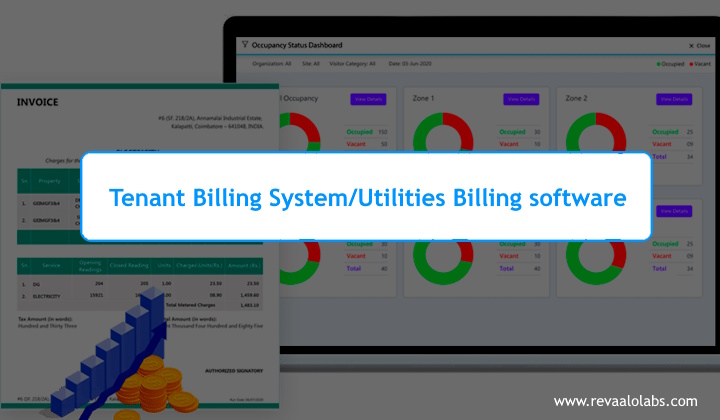#WebDevelopment #Python #Django #NodeJS #Spring

There is currently a battle raging for control of developers and programmers` hearts and minds in today`s IT world. Firstly, Developers benefit from the emergence of these technologies as it helps in programming and designing. In the world of web technologies, there have been constant improvements that help designers and developers. Secondly, These improvements help developers create awesome applications and websites.
There are a lot of services that can make your business available for the entire world by developing web and mobile applications. Such services are NodeJS Development, Spring Boot Development, Python Development, etc.
In this article, we are going to have a look at three of the web technologies that help to create these applications. These are Django ,Node.js and Spring.
1. Django :
Django is a Python framework for developing web-based applications. It offers a standard method for rapid web development. It assists us in developing fast and effective web applications.
Before 2005, No one has thought we can have a web development framework based on python. And now Django is the heart and soul for many of the developers out there. Instagram, Mozilla, Bitbucket, you will see that Django is used for the developments of Web applications and the framework is light weighted and it really has plenty of features to be developed and deployed on Web applications.
Features of Django
Below are some extensive features of Django:
Pros
Cons
2. NodeJS :
Ryan Dahl developed Node.js in 2009. It is an open-source, cross-platform JavaScript (JS) runtime environment that allows programmers to write JavaScript on the client and server sides. It runs JavaScript applications outside of a browser. Node.js is not a programming language, but rather an environment that works with JavaScript.
Node.js, developed primarily in JavaScript, uses an event-driven, single-threaded, non-blocking I/O model. This makes it incredibly efficient and lightweight. Perfect for very data-intensive applications that need to operate in real-time across distributed devices.
Features of NodeJS
Below are some extensive features of NodeJS:
Pros
Cons
3. Spring:
Spring is a powerful lightweight Framework use for application development. In a broader way, you can say that a framework is a large structure using which you can solve many technical related problems. Therefore, you can say that Spring Framework is a very well-defined tool which supports several web applications using Java as a programming language.
It was initially released written by Rod Johnson and was first and was first released under the Apache 2.0 license in June 2003. Spring is lightweight when it comes to transparency and size, the basic version of spring is around 2MB only.
Features of Spring
Below are some extensive features of Spring Boot:
Pros
Cons
Choose whatever tool best suits your needs, three tools are powerful for web development. We have talented and experienced developers ready to onboard your project with full customer satisfaction guarantee.
Connect with Revaalo labs your one stop solution for Digital Transformation needs.

One of the most critical decisions website developers must make is deciding what unit of measurement to use when sizing elements, fonts, and other design properties.
Read more
It`s an amazing technology-one that will help us solve society`s toughest problems and reshape the world.
Read more13
December

Today, web browsers play a significant role in our lives, providing us with access to a world of information and possibilities.
Read more
Power BI is a popular business intelligence tool developed by Microsoft for data visualization and analysis. While Power BI is a robust solution, there are several alternatives available that cater to different needs and preferences.
Read more09
October

Tenant billing systems are software solutions used by property owners, managers, and landlords to accurately bill tenants for their usage of utilities and services.
Read more